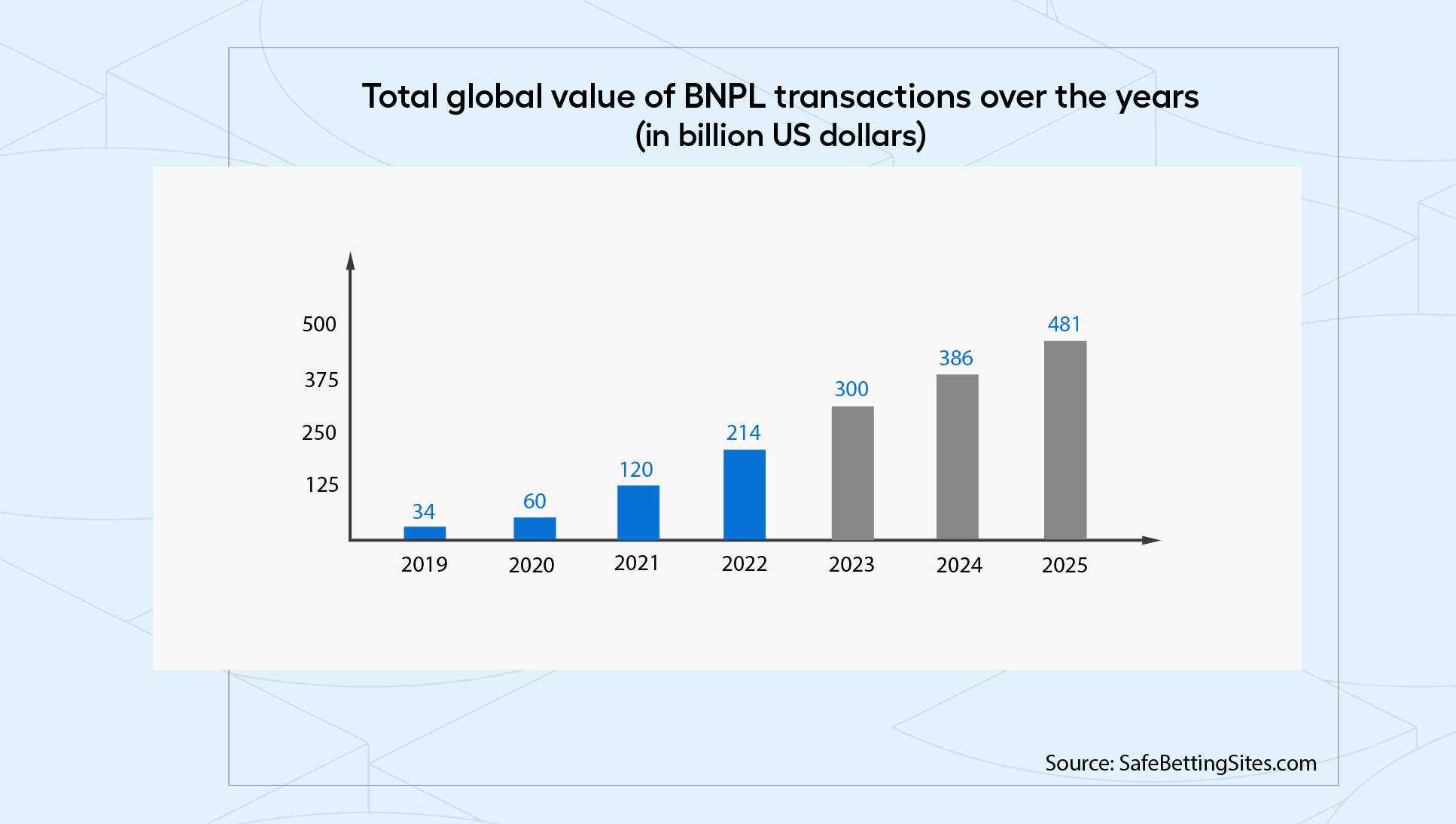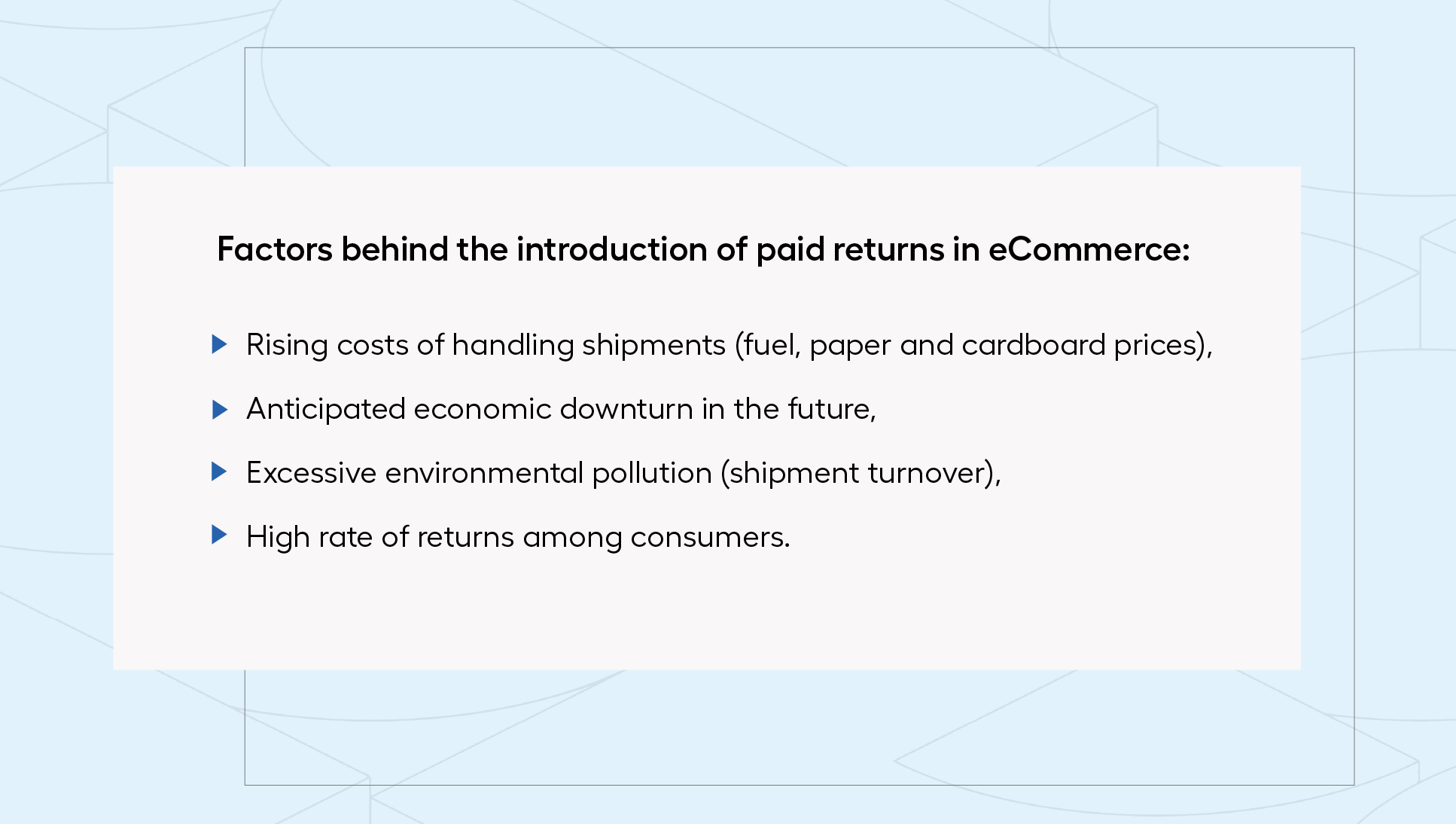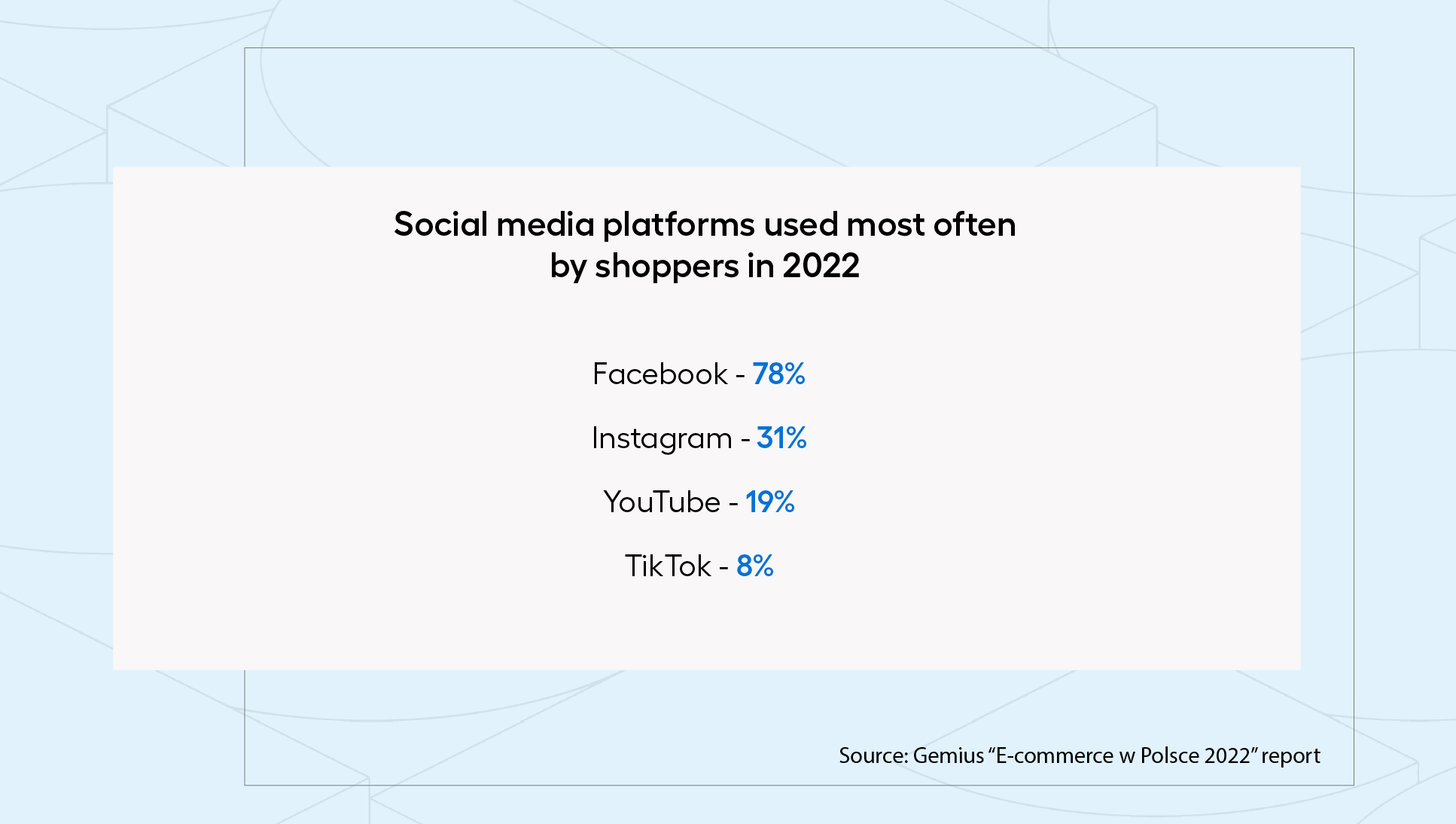Do you remember the predictions for 2022 at its beginning? In January, PwC forecasted eCommerce market growth of 18%. The war in Ukraine, rising inflation and the onset of the global economic crisis have certainly brought many changes to both consumer and business habits. Despite this, there are still claims that the industry could see growth of up to 20% this year (according to a report by Strategy & Polska). How has Polish eCommerce changed in the face of challenges? Here's a subjective overview of topics that have been especially significant for eCommerce over the past few months, and are sure to affect it in the upcoming 2023 as well.
Deferred payments on the wave of popularity in 2022
"BNPL" these 4 letters have become the dominant topic of conversations regarding eCommerce payments in recent months. What is the meaning behind them? It's an acronym for the phrase "Buy Now, Pay Later" - the fastest-growing form of online payment this year. What accounts for its growing recognition?
Deferred payments are nothing more than a new approach to consumer loan, adapted to e-commerce conditions. The service allows to pay the outstanding amount after a certain period of time (usually 30 days, although some companies extend the term even up to 54 days) without additional costs and ship the order immediately. In this way, customers have a chance to become independent of the budget they have at the moment, which becomes especially important in times of rising prices from month to month. With the Buy Now, Pay Later option, they can take advantage of current promotions or fulfill emergencies without worrying about overspending. According to the Mastercard New Payment Index survey, almost 70% of shoppers admit that they are more likely to use this method in just such cases.
As the popularity of the BNPL solution grows, so does the level of awareness, which raises some concerns - customers are increasingly thinking about the impact of choosing this option on their creditworthiness in the future. In addition, they are also paying attention to issues related to data sharing and transaction security. In the face of these concerns, work is underway at the European Union level to amend regulations aiming to increase consumer protection. At the same time, private players are also expanding - how is the BNPL market shaping up in Poland?
Klarna, PayPo or PayU - the number of trusted operators providing the payment deferral service has grown significantly in recent months. There are many indications that the upward trend will also continue in 2023. This is evidenced by the activities of the Polish Payment Standard BLIK, which is currently testing original solutions based on BNPL. The company wants to be sure of the security and convenience of the tools used, and for this reason announces the release of the solution next year. How will the above plans affect the functioning of the competition? We will find out in the coming months.

The revolution in the outlook on free returns
The lack of opportunity to check and see a product before purchase makes returns in eCommerce a natural thing - because of this, customers have become used to the free character of the service. The passing year, however, has broken this standard. In times of economic downturn, major market players are giving up the option of sending back unwanted items for free, despite the fact that pursuing such a policy is one of the key factors responsible for competitiveness. According to the Gemius study, free returns were among the most important reasons motivating online purchases. What, then, is the reason for such a radical step?
The reason is the rising cost of handling shipments. Online store owners point to rising fuel prices, which translates into higher rates among logistics operators. Expenses for materials necessary for shipping, such as paper and cardboard boxes, are also changing. The biggest revolution in return policy could be seen in the fashion industry. H&M introduced return fees for abandoned products, testing them for the time being only in the UK and Norway. Spanish fashion chain ZARA also decided on a similar step. In both cases, the free return option still applies in stationary stores (even when the order was completed online).
Changes in the returns handling model are not only an attempt to cope with increasing logistics costs, but also to counter the effects of the projected weakening of sales momentum in the near future. Thus, eCommerce owners are paying attention to the high percentage of returns and unnecessary environmental pollution caused by excessive parcel traffic. How will the above measures affect consumer decisions in the long term? We will certainly take a look at this situation next year!

Consumers liked social commerce shopping model
78% of buyers shop via Facebook, 31% use Instagram for this purpose, and transactions on the TikTok platform are growing rapidly - consumers in 2022 were much more likely to choose to make purchases via social media. Why?
According to Gemius, as many as 92% of shoppers use smartphones, which are dedicated to social media applications. Social media is full of content that inspires shopping, and specially constructed algorithms guarantee the best possible match of advertising content to user preferences, which influences positive purchasing decisions. These benefits have been recognized by the creators of the various social networks, improving sales options inside their own platforms. Already, customers can make purchases using a chatbot or order an item of their choice directly after clicking on a photo on the wall. Which other solutions have social network users used?
Buying via live streaming has also grown in popularity - this form has quickly become the guiding method of selling, mainly on Facebook. Customers appreciate the wide range of possibilities offered by live commerce - seeing a product from all perspectives, as well as asking questions and commenting on its attractiveness combined with the possibility of real-time shopping perfectly combines the advantages of social media and eCommerce. However, it should be taken into account that this form will not work in every industry - in 2022, mainly clothing, cosmetics, small electronics and home decoration items were sold in this way.

2 hours and 27 minutes - that's how much time per day their statistical user spent on social media this year. Maintaining the attention of a hypothetical shopper for such a long period is a potential that will certainly be exploited in the coming year as well. It only remains to watch how these facts will be used by the eCommerce industry!
It's not just Millenials buying online anymore - the Silvers generation
Modern payment methods, innovative digital tools and marketing activities aimed mainly towards the younger generation - according to a Ceneo.pl report, the dominant segment of eCommerce shoppers is still representatives of the age group up to 45 years old. Recent months have shown, however, that also the generation of Silvers, i.e. people over 60, are becoming more active in eCommerce. The "Pokolenie Silvers w e-commerce" report shows that as many as 86% of the interviewed seniors shop online at least once a month. How have online stores responded to these changes?
The UX of sales platforms, in particular, needed to be adjusted - a website tailored to users of all ages should, above all, be easy and intuitive to use, make it simple to find a product quickly and provide clear descriptions. Representatives of the Silvers generation also pay special attention to the security of transactions. However, this does not mean that they avoid modern solutions - more than 50% of them use electronic banking on their own.

Last year showed that representatives of practically all generations are now taking advantage of online shopping opportunities. The technical knowledge of the oldest is increasing and they are becoming as important target for eCommerce as representatives of GenZ or Millenials. However, it should be remembered that each group has specific requirements, habits and expectations. Meeting them is essential to maintaining a diversified audience on a daily basis.
What's ahead for eCommerce in 2023?
According to Gemius' annual summary "E-commerce w Polsce 2022" 77% of Poles already shop online. Observing the dynamics both in the change of trends and in the development of technology, everything indicates that the number of eCommerce users will grow. There will be new opportunities on the horizon for the industry. Cross border commerce or the growth of online sales in the B2B area are just a small part of the predictions for the coming year!
2022 summed up, and you - are you ready for the upcoming challenges in the world of eCommerce in the next year?



